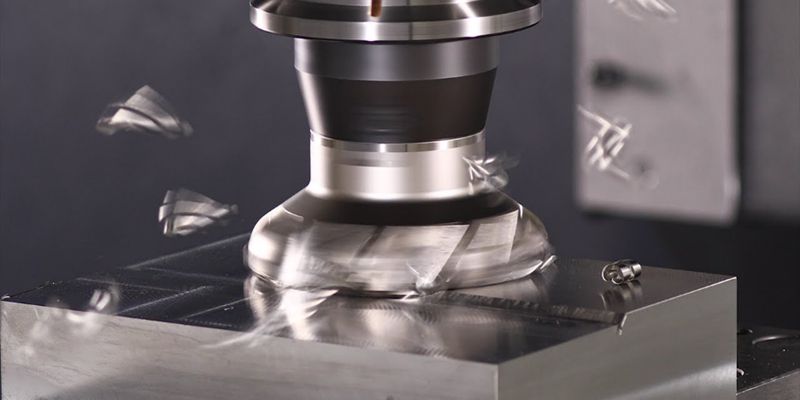Are you tired of struggling with complex machining processes that take up too much time and effort? Look no further than the facing tool! ️
In this article, we’ll explore everything you need to know about facing tools, including what they are, how they work, and why they’re essential for your machining needs. So let’s dive in!
What is a Facing Tool?
A facing tool is a cutting tool used in metalworking to remove material from the end of a workpiece. This process is known as facing and is typically done to create a flat surface perpendicular to the axis of rotation. Facing tools can also be used to create chamfers or bevels on the edge of a workpiece.
How Does a Facing Tool Work?
A facing tool works by rotating against the surface of the workpiece while cutting away material. The tool is mounted on a machine called a lathe, which rotates the workpiece at high speeds while the cutting tool removes material.
There are two types of facing tools: manual and automatic. Manual facing tools require the operator to control the cutting process by adjusting the position and speed of the tool. Automatic facing tools, on the other hand, use computer-controlled systems to ensure precise cuts every time.
Why Use a Facing Tool?
Using a facing tool offers several benefits over other machining methods. Here are some reasons why you should consider using a facing tool:
1. Precision: Facing tools offer precise cuts that are difficult to achieve with other methods.
2. Efficiency: Facing tools can remove large amounts of material quickly and efficiently, reducing machining time and costs.
3. Versatility: Facing tools can be used on a wide range of materials, including metals, plastics, and composites.
4. Quality: With their ability to produce smooth finishes and accurate dimensions, facing tools ensure high-quality results every time.
Types of Facing Tools
There are several types of facing tools available, each with its unique features and benefits. Let’s take a closer look at some of the most common types:
1. Straight Shank Facing Tool: This type of facing tool is designed for use on flat surfaces and offers precise cuts with minimal vibration.
2. Boring Bar Facing Tool: Boring bar facing tools are used to create internal flat surfaces, such as holes or bores.
3. Indexable Insert Facing Tool: These tools use replaceable inserts that can be easily changed out when they become dull or damaged, making them cost-effective and versatile.
4. Carbide Tipped Facing Tool: Carbide tipped facing tools are made from a combination of carbide and steel, offering high durability and precision.
Tips for Using a Facing Tool
To get the most out of your facing tool, here are some tips to keep in mind:
1. Choose the right tool for the job based on the material you’re working with and the desired finish.
2. Make sure your lathe is properly maintained and in good working condition.
3. Adjust your cutting speed and feed rate based on the material being cut and the depth of the cut.
4. Use cutting fluid to reduce heat and friction during the machining process.
5. Always wear appropriate personal protective equipment, such as safety glasses and gloves.
In conclusion, using a facing tool is an excellent way to streamline your machining processes while achieving precise, high-quality results every time. By understanding how these tools work and following best practices for their use, you can take your metalworking skills to the next level!
References:
– https://en.wikipedia.org/wiki/Facing_%28machining%29
– https://www.thomasnet.com/articles/custom-manufacturing-fabricating/facing-tools/
– https://www.machiningcloud.com/technology/facing-tools/




